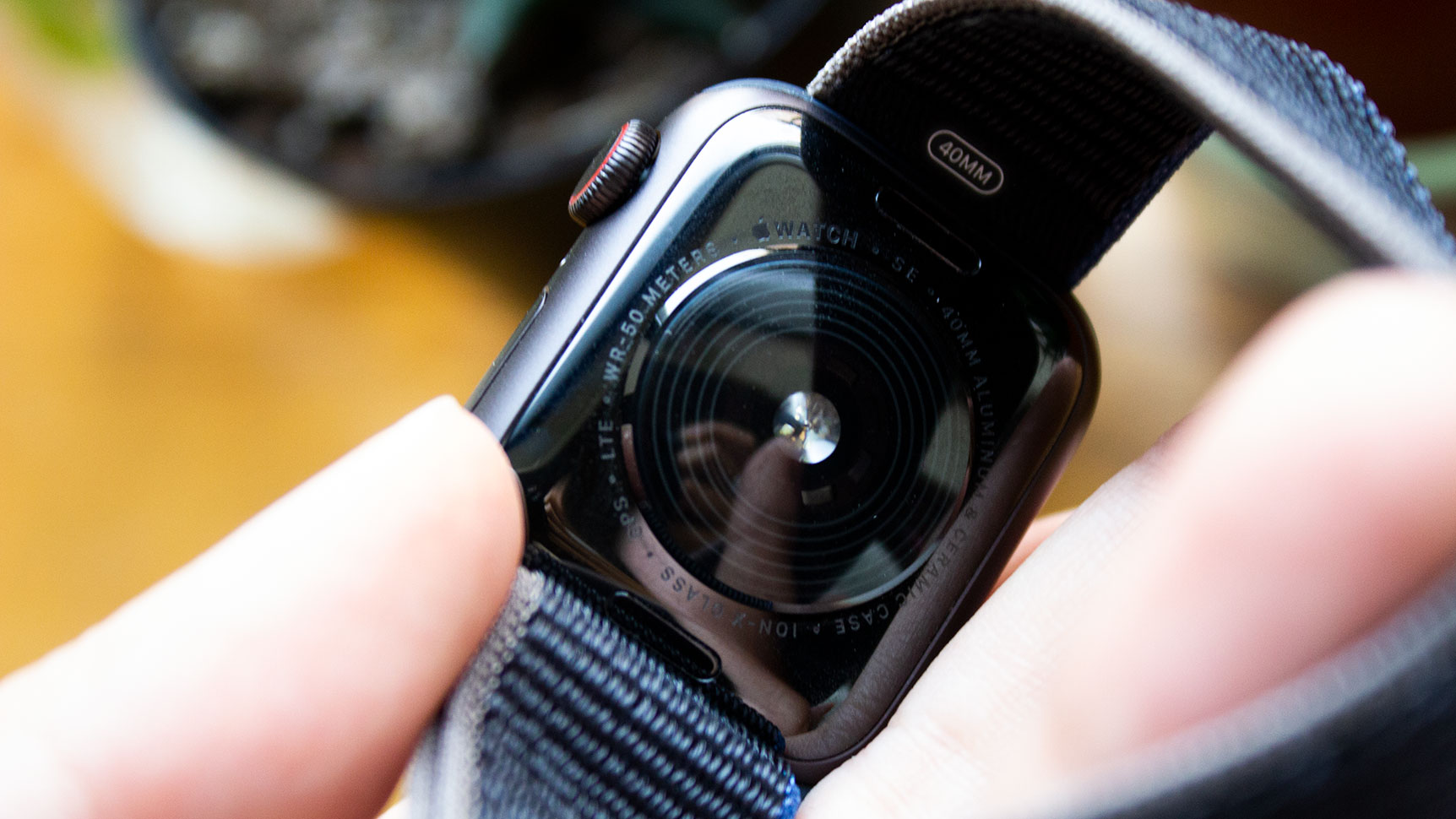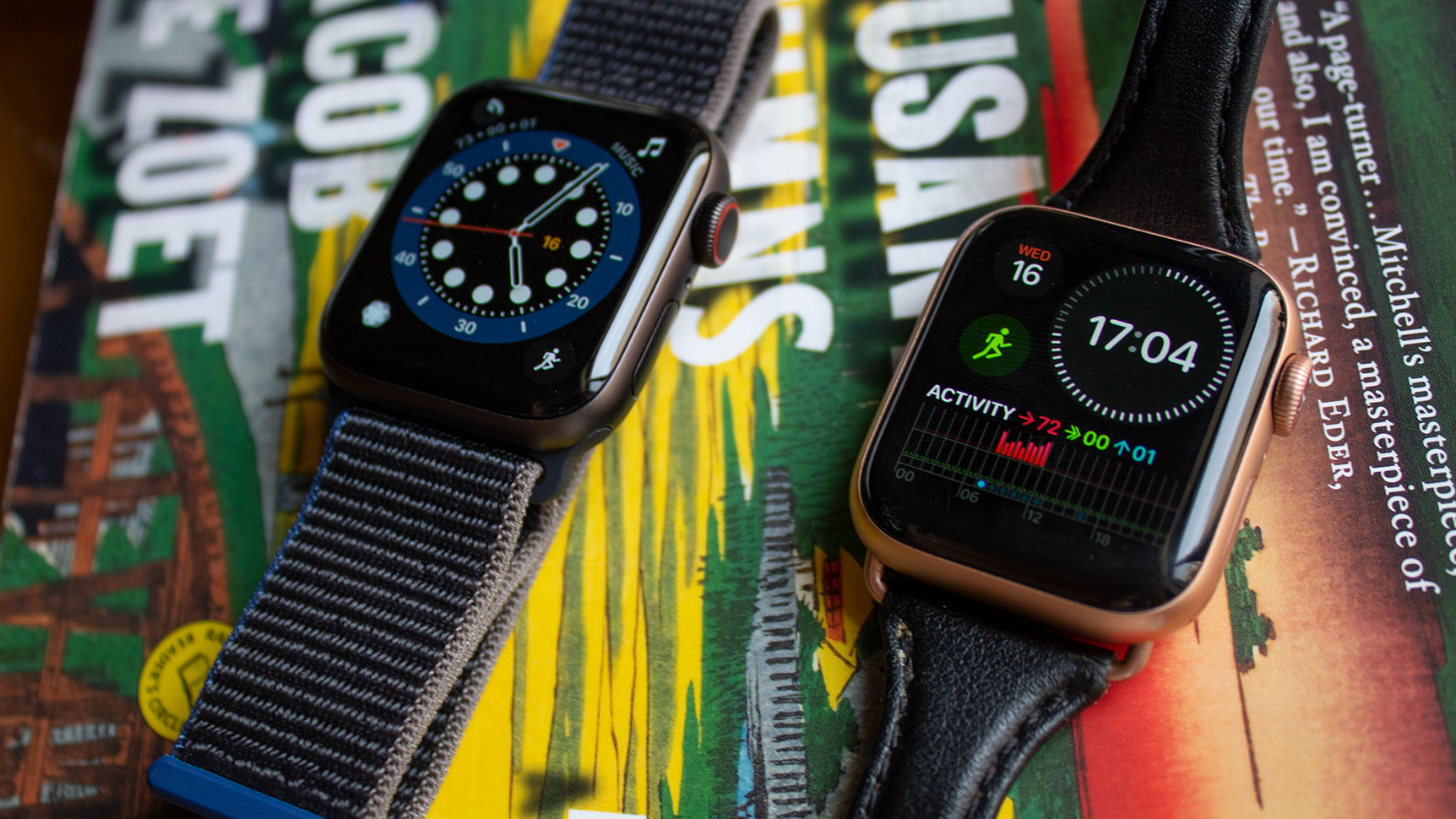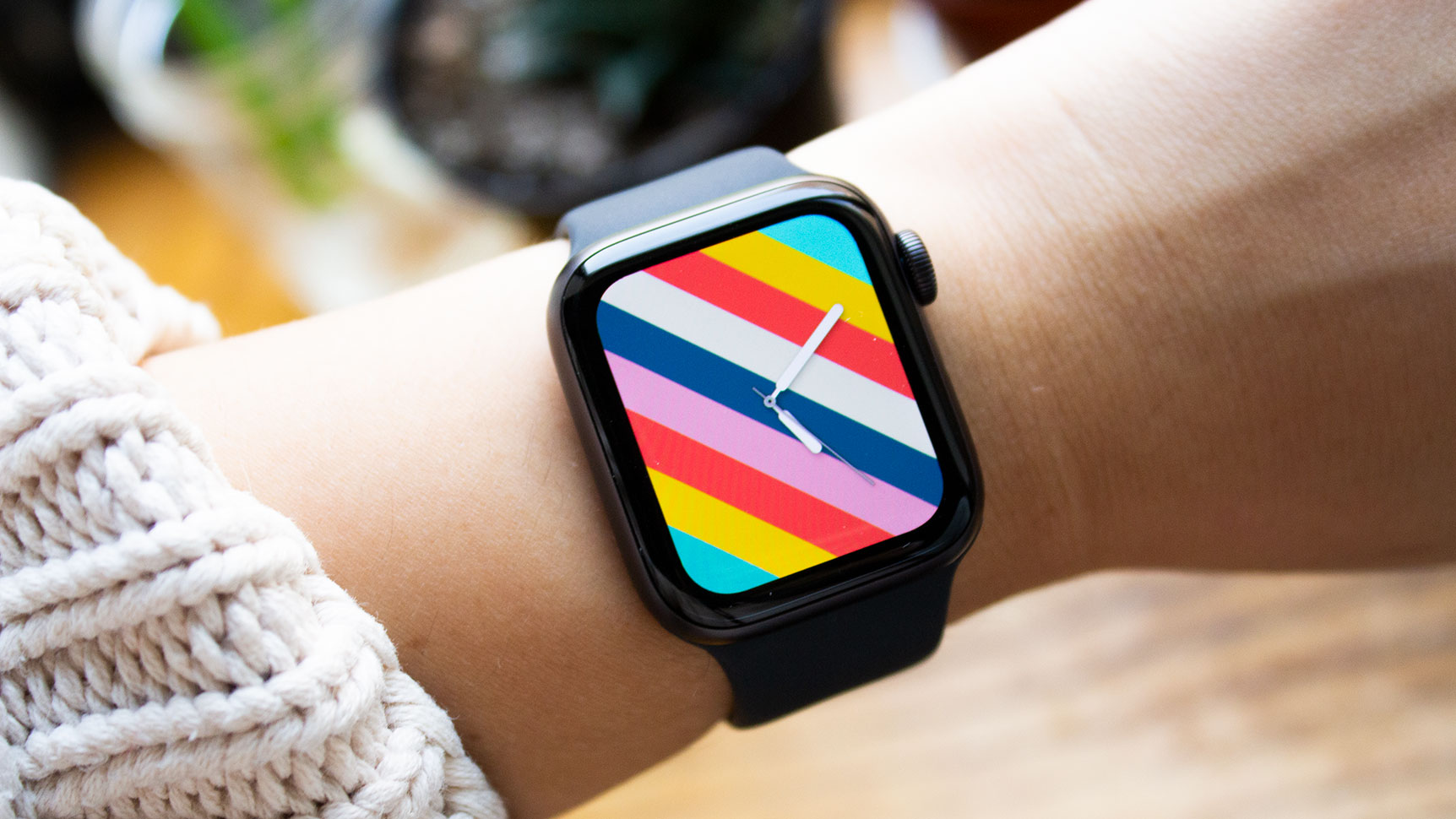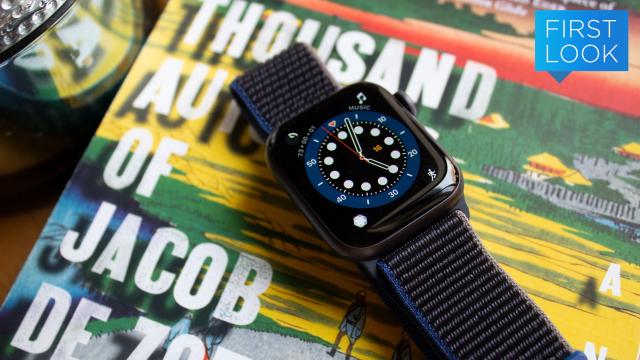Everybody loves a good deal, and after playing around a bit with the Apple Watch SE, I have to say, this watch feels like an extremely good deal.
The base model of the Apple Watch SE is $US280 ($382), which is $US120 ($164) less than the entry-level Series 6. That’s not chump change — there’s a lot you can do with that $US120 ($164). The main question is whether the stuff you’re giving up is worth the savings.
So let’s get down to it. What exactly are you sacrificing if you opt for a Watch SE? For starters, you’re not getting the electrocardiogram app for atrial fibrillation detection or the new blood oxygen-monitoring sensor. You’re also not getting the always-on screen that was introduced with the Series 5, the Series 6’s faster S6 chip, or the U1 Ultra Wideband chip. From a charging standpoint, the Series 6 will also go from zero to 100% a bit faster at 1.5 hours versus the Watch SE at 2.5 hours. For wifi, the Series 6 supports 2.4GHz and 5GHz, while the SE only supports the former. These are notable omissions, but in terms of everyday use for the average person? Hmm. I’m not so sure.
[referenced id=”1447101″ url=”https://gizmodo.com.au/2020/09/this-is-the-apple-watch-series-6-and-this-is-its-new-friend-the-apple-watch-se/” thumb=”https://gizmodo.com.au/wp-content/uploads/2020/09/16/bqkopamxi0zzrxtofnai-300×169.png” title=”This Is the Apple Watch Series 6 and This Is Its New Friend, the Apple Watch SE” excerpt=”We knew it was coming, but the Apple Watch Series 6 is finally here. It has a little friend, too: the Apple Watch SE, a more affordable mid-tier option that’s slightly more advanced than the Series 3.”]
Here’s what you’re not giving up. All the motion sensors on the Watch SE — the accelerometer, gyroscope, always-on altimeter, etc. — are the exact same as the ones on the Series 6. That means you get fall detection and things like Emergency SOS calling. Both the Series 6 and Watch SE also share the same second-generation optical heart rate sensor, meaning it’s not any less accurate with regard to fitness-tracking. (ECG requires a separate electrical heart rate sensor, and this is what the SE is missing.) You still have things like built-in GPS and cellular. The Watch SE also has a Retina Display that, when active and compared side-by-side with my Series 5, is nearly indistinguishable to my naked eyeballs. I’m telling you, I read those spec charts over and over again, and honestly, you’re not giving up as much as you might think.

In terms of design, the Watch SE doesn’t get colourful or premium case material options like the Series 6 does. It comes in the old-standby, aluminium, in space grey, gold, and silver, which is probably more than fine for most people. You can also use the same watch bands as you can with the Series 6, and even though I was initially sceptical, I actually dig the Solo Loop. (Death! Death, I say, to all buckles!)
The S5 chip is, so far, still snappy. I have zero complaints about downloading or launching apps. I’m sure the S6 chip is faster, but the S5 is better than simply “fast enough.” So far, the tilt-to-wake responsiveness for the Watch SE’s display is also pretty great. I’m not sure if it’s just my memory failing me, but it feels faster than I remember it being on the Series 2, 3, and 4. Perhaps it’s the S5 chip? In any case, I don’t feel cheated by not having an always-on display. Honestly, the thing I loved most about the always-on display on the Series 5 was that the watch was faster to wake up when I wanted to look at my metrics mid-run. I haven’t had the chance to go running with the Watch SE yet, so I don’t know how keenly I’ll feel the absence of the always-on screen in this scenario. But if, after I do a week or so of testing, this is the main thing I’m bummed about? Well, that’s not much at all.

Like with the Series 5, some of the coolest updates to the Series 6 are actually watchOS 7 updates. That means the Watch SE also has them. Handwashing timer? I got it and it’s cool that I don’t have to touch the watch to even activate it. Sleep tracking? It’s on here. We’ll have to see how sleep tracking drains the battery on the SE compared to the Series 6, but the fact is you’re not missing out on this feature. New fitness algorithms? The Watch SE has them. When Fitness+ launches, the Watch SE will work with it.
ECG and atrial fibrillation notifications are wonderful innovations. But unless you have a heart condition, or are in the at-risk age range for Afib, it’s not the most necessary feature. Lacking ECG doesn’t mean you won’t get the potentially life-saving warnings if your heart rate suddenly skyrockets or plummets beyond your normal range. That’s something that comes with watchOS — even the Series 3 has that capability. As for blood oxygen-monitoring, yeah, I’ll admit I have a tiny case of FOMO. However, this is also a cool innovation that, generally speaking, wearables companies haven’t figured out how to implement in a truly meaningful way just yet. SpO2 sensors have been around in smartwatches since 2017, and the public is newly interested in their capabilities because they could possible detect respiratory issues (perhaps even the onset of covid-19). But there are no diagnostic tools that make use of the SpO2 sensor yet, so you won’t be missing out on the vast majority of what makes an Apple Watch great if you don’t have blood oxygen-monitoring.

As I said, I’ve only had this thing for about a day and there’s a lot more testing I need to do before I feel comfortable delivering a final verdict. For instance, how does the Watch SE compare to the Series 6 in terms of performance and battery life? Will I really miss ECG in my day-to-day life? How much will I miss the always-on screen? How will the S5 chip handle watchOS 7? Will anyone in my life be able to tell this is the “cheaper” Apple Watch? (They keep confusing other copycat watches for an Apple Watch, so probably not.)
It’s possible that after a longer testing period, I’ll find more things to quibble about. But as far as first impressions go, Apple may have a real affordable winner on its hands.
